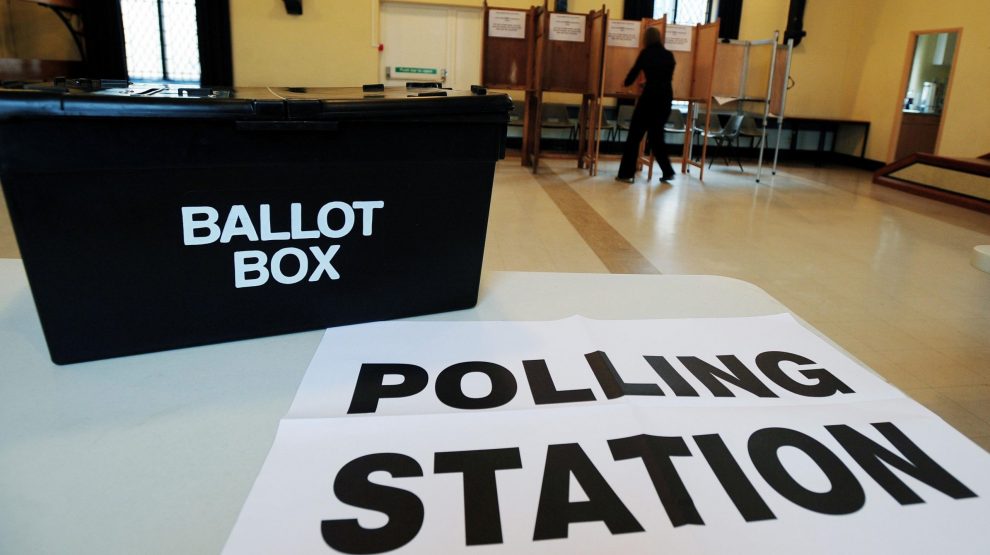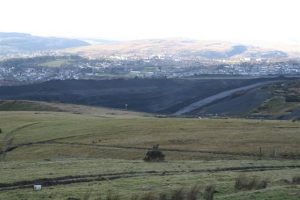IN MAY, there’s an election to the Welsh Parliament – the Senedd.
Leading up to May 6, we’ll regularly provide an overview of where the parties are and their chances.
That supposes, of course, Covid-19 doesn’t break out afresh in a more virulent form and force us back into a lockdown. In that event, the First Minister can delay a poll until November. What happens if we’re still up a well-known brown and smelly river at that point is anyone’s guess.
For the purposes of this article, let’s ink in Thursday, May 6, as the day Wales goes to the polls.
On Friday, May 7, Labour will still be the largest party group within the Welsh Parliament. The question will be whether it has an outright majority and, if not, how far short of a majority it will be. Labour is unlikely to have an overall majority. It has had only one in two decades-plus of Welsh Government.
Labour doesn’t have a majority now. It has a bare majority because Kirsty Williams (Liberal Democrat) and Dafydd Elis Thomas (Wounded Pride) sit and vote with it in every key vote. To get its budgets through between 2016 and 2020, the Welsh Government needed support from Plaid Cymru. Having broken and shilly-shallied about fulfilling the promises it made to get its budget plans through, we can expect a higher price for any future cooperation.
Apart from some distinguished departees from the Senedd in May – Kirsty Williams, David Melding, Angela Burns – there will be a raft of new Senedd members to replace those departing from the mixed bag of former Ukip members. None of them has a constituency seat, and that means their list seats are up for grabs.
UKIP has practically zero chance of gaining a constituency seat anywhere in Wales. It couldn’t at its high-water mark; it won’t do that five years on, after its reduction to a bare rump.
In May 2016, thanks to the list system, Ukip gained seven seats. Within days, Nathan Gill was forced out of the leadership, leaving six. The remainder has gone their separate ways.
Take Mark Reckless. The former Conservative MP’s long trek to obscurity saw him leave Ukip, sit with the Conservatives, join the Brexit Party, and now sit as an Abolish the Assembly (!) member.
Perhaps he’s looking to complete the set.
With those seven seats waiting to be filled – and they won’t be filled by their current occupants – who benefits is an important question. Due to those seats’ location, Labour is unlikely to benefit from their redistribution.
A protest vote for the minuscule ‘Abolish the Assembly Party’ could gain one or two seats, maybe in North Wales and Mid & West Wales. But those one-or-two seats’ occupants will have zero political impact. They’ll be almost entirely irrelevant to the next Welsh Parliament.
Unless there’s a massive political earthquake, Labour is nailed-on to hoover-up constituency seats in South Wales-West and the eastern valleys. Because of the distribution of constituency seats in Wales (based on the distribution of Wales’ population), Labour has 20 constituency seats across those two regions. It has five North Wales constituency seats and one (Llanelli) in Mid & West Wales. It holds only two regional seats, both in Mid & West Wales.
The Conservative task is to turn out its December 2019 vote in some constituencies, especially in North Wales’ former ‘red wall’ seats. If it turns out even two-thirds of its support from the General Election, it will win constituencies.
Plaid has a different problem. Most potent in its traditional areas, its presence in constituencies outside its heartland is weak. Former leader Leanne Wood defends Rhondda Cynon Taf, and she is Plaid’s sole constituency representative outside North and West Wales.
Plaid’s hopes of increasing its constituency representation look slight.
Llanelli is a Plaid Cymru target, and Helen Mary Jones will fight it again. The incumbent, Lee Waters, is a Deputy-Minister in the Welsh Government and one of Labour’s most reliable attack dogs both in the Senedd and outside. It was a close fight five years ago. Since then, both Labour and Plaid’s constituency parties descended into faction-fighting chaos. The result of those parties’ infighting is that Llanelli (Llanelli!) has a Conservative mayor. A lot depends on how many resources Labour and Plaid will put into Llanelli.
One thing is almost inevitable. If Helen Mary Jones loses there, she will be out of the Welsh Parliament. The veteran political campaigner is second on Plaid’s Mid & West regional list. Plaid will get only a single seat there (barring major upsets elsewhere).
The best and most reliable polling, from the Wales Governance Centre, shows this possible outcome:
Labour: 26 seats (24 constituencies, 2 regional)
Conservatives: 16 seats (8 constituencies, 8 regional)
Plaid Cymru: 15 seats (7 constituencies, 8 regional)
Abolish the Assembly: 2 seats (2 regional)
Liberal Democrats: 1 seat (1 constituency)
The Conservatives will hope local factors add to their constituency haul. Plaid will have to pick up regional seats in South Wales West to advance outside its heartlands. Both Ukip and Abolish will campaign for essentially the same voter-base, possibly dividing each’s vote to their mutual detriment.
The overall level of support for Labour in the same polling round also examined Westminster voting intentions. That poll showed a sharp decline in Labour’s share of the vote.
Those figures indicate it really is up to Wales’ principal opposition parties to make sure their voters turn out and vote for them on election day.


















Add Comment